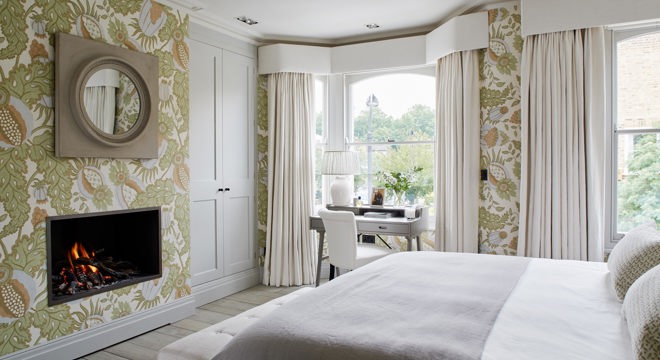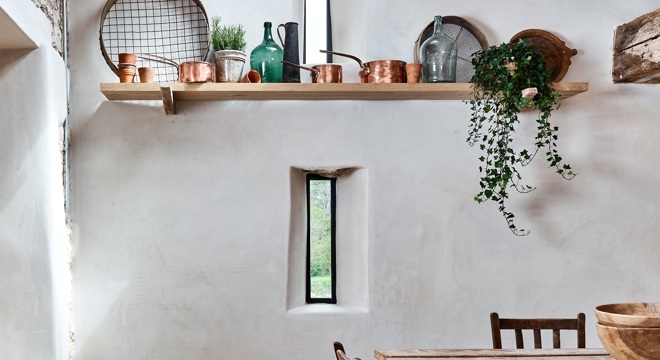How to Display Art in the Home
Thoughtfully chosen artwork is a personal expression of the owner. Sometimes it is the composition that attracts, other times it is the palette used or the brush strokes. We encourage our clients to choose instinctively. Our Creative Director Louise Wicksteed explores how moments of ease and drama can be cultivated within a home by showcasing art in different ways.
Create Contrast
Contrast is something that we consider carefully when designing interiors for our clients. The right juxtaposition between dark and light creates unexpected moments within a room that command attention. For instance, a print or painting can be transformed into a statement piece by displaying it against a neutral backdrop in a bold, black frame. This simple step scales up the drama and draws the eye, ensuring the piece is given its due.
Cultivate a Relaxed Style
Step away from formality by leaning a painting or print against the wall. This approach also works well for mirrors and can be used to great effect in a snug, sitting room or even an entrance hall. Leaning instead of hanging creates an effortlessly relaxed aesthetic that can be compounded by using soft, natural linens and cosy wools for the soft furnishings. Aesthetics aside, this is also an incredibly effective way to hide the unsightly wires under a console, or a plug socket on the wall.
Blend Style and Scale
Don’t be afraid to mix different styles of artwork together in one scheme. Watercolours look great when paired with prints, bringing a considered and curated feel to the design. Playing with scale adds yet another dimension. While a symmetrical grid of matching art looks lovely, an asymmetrical arrangement creates an unexpected burst of character, adding weight to the idea of a collected interior.
Carefully Consider Lighting
Never underestimate the power of lighting. When carefully considered, it can take the individual on a journey around the room, elevating each piece to make it a striking focal point. Speak to an interior designer or lighting specialist to determine what sort of lighting will complement your chosen artwork best. It is well worth enlisting an expert here to ensure that the job is done once and done well.









